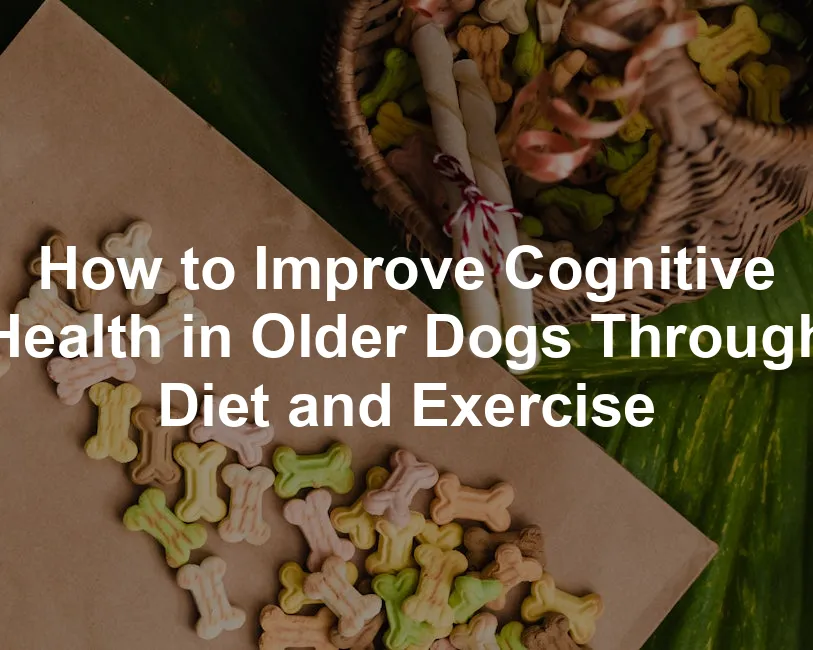Introduction
As our beloved canine companions age, their cognitive health becomes just as important as their physical health. Just like humans, dogs can experience cognitive decline, leading to confusion, anxiety, and changes in behavior. But fear not! By incorporating the right diet and exercise, you can bolster your dog’s mental sharpness and overall well-being. Think of it as giving your dog a brain boost with a side of fun! In this article, we’ll explore actionable strategies to improve cognitive health in older dogs, ensuring their golden years are filled with vitality and joy.
Older dogs can exhibit signs of cognitive dysfunction syndrome (CDS), which may include disorientation, disrupted sleep patterns, and altered interactions with their humans. These changes can be distressing for both pet and owner. Fortunately, simple lifestyle adjustments can make a significant difference.
Nutrition plays a pivotal role in brain health. A diet enriched with antioxidants, omega-3 fatty acids, and medium-chain triglycerides (MCTs) can combat oxidative stress and promote brain function. Additionally, engaging your dog in regular physical activity is crucial. Exercise not only supports physical health but also enhances mental agility.
For a great option, consider Hill’s Prescription Diet b/d Canine Dry Food. This specialized diet is formulated to support cognitive health, giving your furry friend the nutrients they need for a sharper mind.
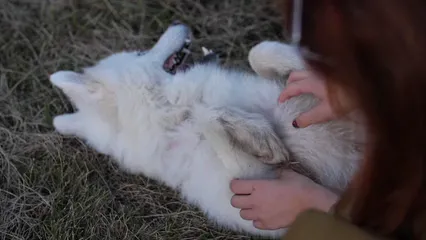
Summary
Cognitive Dysfunction Syndrome (CDS) is a common condition in senior dogs, affecting their ability to think, learn, and remember. Factors contributing to cognitive decline include oxidative stress, poor diet, and lack of mental stimulation. However, research suggests that we can positively influence cognitive function through diet and exercise. For more information on recognizing these signs, check out the signs of cognitive decline in aging dogs and treatments.
Understanding cognitive decline is crucial for managing your dog’s health effectively. Learn more about the signs and treatments for cognitive decline in dogs.
A diet rich in antioxidants, omega-3 fatty acids, and medium-chain triglycerides (MCTs) can help combat oxidative damage and enhance brain health. Additionally, regular exercise not only improves physical health but also stimulates mental function. Incorporating interactive games, training sessions, and social activities can enrich your dog’s environment, keeping their minds sharp.
Speaking of enrichment, why not try a Dog Puzzle Toy? These toys not only keep your dog entertained but also challenge their cognitive skills, turning playtime into brain training!
In this comprehensive guide, we will discuss the importance of nutrition, the types of exercise beneficial for cognitive health, and practical tips for implementing these strategies.
You will learn:
- The role of antioxidants and omega-3 fatty acids in brain health.
- How mental stimulation activities can prevent cognitive decline.
- The significance of social interaction and consistent routines.
- Practical dietary changes and exercise regimens tailored for senior dogs.
By the end of this article, you will be equipped with the knowledge and tools needed to make informed decisions that can enhance your dog’s cognitive health, thereby improving their quality of life as they age.
Understanding the importance of diet and exercise for your older dog is crucial. It’s never too late to make changes that can significantly improve their mental wellness. So, let’s get started on this journey to better cognitive health for our furry friends!
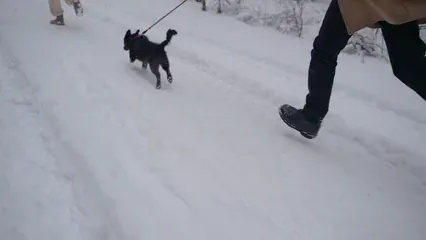
Understanding Cognitive Dysfunction Syndrome (CDS)
What is CDS?
Cognitive Dysfunction Syndrome (CDS) is like doggy dementia. It affects older dogs, leading to behavioral changes. Symptoms can include disorientation, anxiety, restlessness, and altered sleep patterns. Imagine your dog staring blankly at a wall or forgetting where they put their favorite toy!
Research shows that CDS affects 20-30% of dogs over seven years old. This percentage increases significantly with age. By the time dogs reach 14 years, a staggering 68% may show symptoms. These changes can be distressing for both dogs and their owners. Recognizing the signs early is crucial for improving your dog’s quality of life.
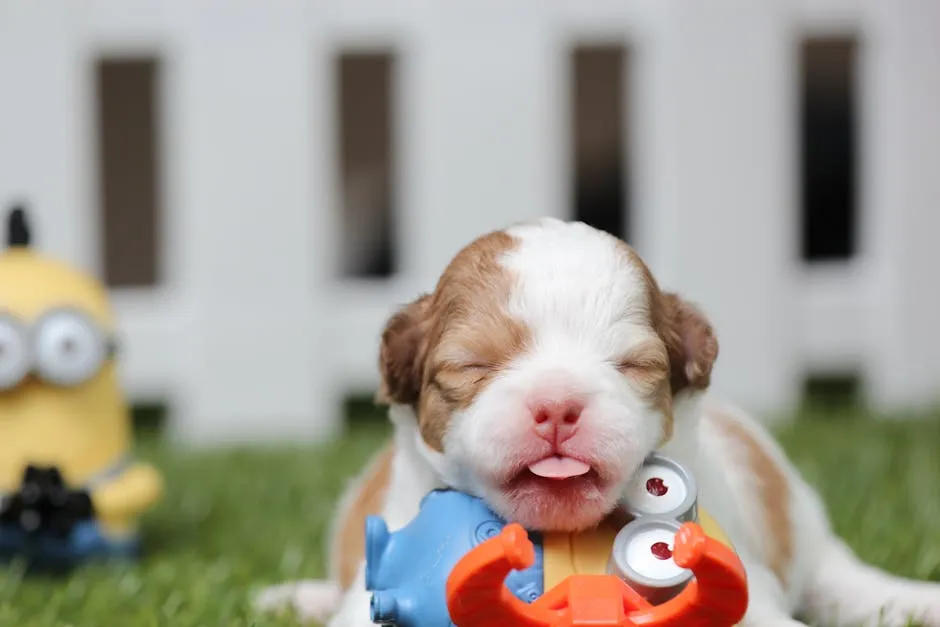
How does aging affect canine cognitive function?
Aging brings about significant changes in a dog’s brain. One major factor is oxidative stress, which occurs when there’s an imbalance between free radicals and antioxidants in the body. Free radicals can damage brain cells, leading to cognitive decline. Over time, this oxidative damage can result in noticeable behavioral changes.
Additionally, the aging brain often suffers from atrophy or shrinkage. Certain brain regions may lose mass, affecting memory and learning. This decline can be likened to the human experience of memory loss or confusion in older age. It’s essential to detect these changes early. Intervention can help slow the progression of cognitive dysfunction, keeping your furry friend engaged and happy.
Regular veterinary check-ups are vital for monitoring your dog’s cognitive health. Discuss any behavioral changes with your vet to ensure that you’re equipped to manage these challenges effectively. Early detection can lead to better outcomes and allow you to create a supportive environment tailored to your dog’s needs.
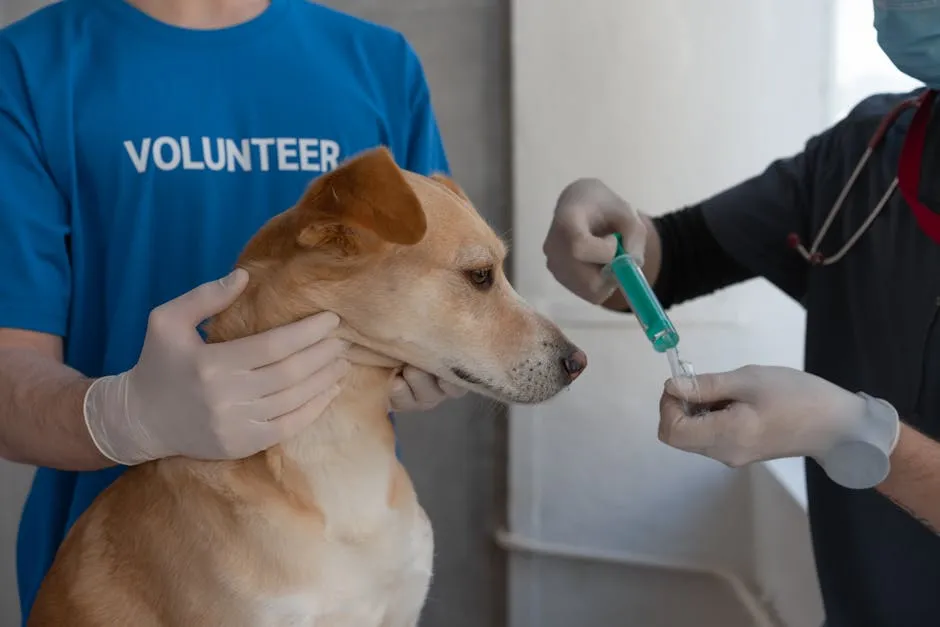
The Role of Diet in Cognitive Health
Nutrients Essential for Brain Function
A proper diet can significantly impact cognitive health in older dogs. Certain nutrients play a pivotal role in maintaining brain function and combatting cognitive decline.
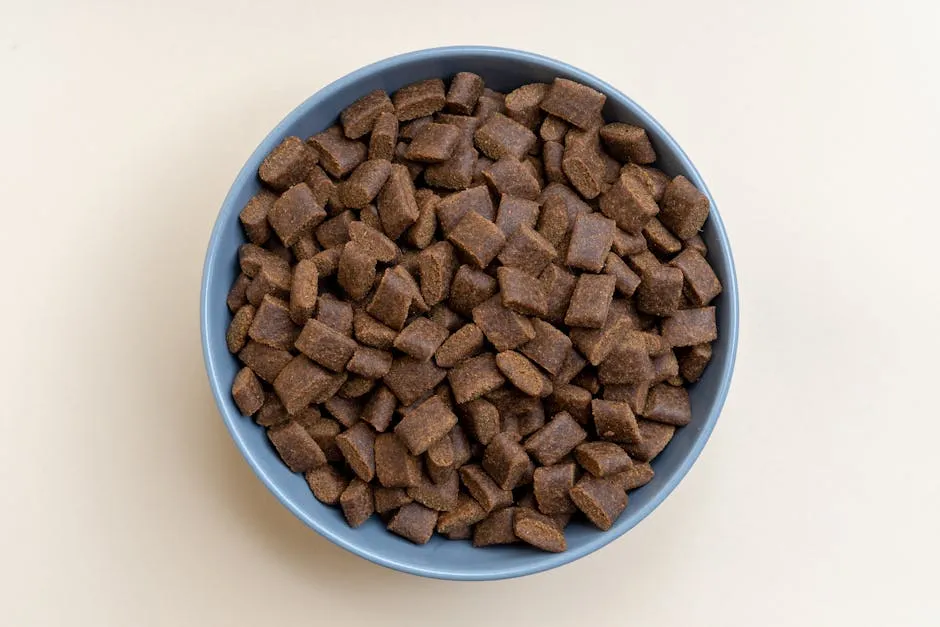
Antioxidants: Role in reducing oxidative stress
Antioxidants are the heroes in the battle against oxidative stress. They neutralize free radicals and protect brain cells. Key antioxidants include Vitamin E, Vitamin C, and selenium. Incorporating these into your dog’s diet can support cognitive health.
Omega-3 Fatty Acids: Importance for neural function
Omega-3 fatty acids, particularly DHA, are essential for brain health. They help maintain the structure and function of neurons. Great sources include fatty fish, fish oil, and flaxseed. Adding these to your dog’s meals can boost their cognitive resilience. For an easy way to supplement their diet, try Omega-3 Fish Oil Supplements for Dogs. They make it simple to ensure your canine gets the brain-boosting benefits of DHA!

Medium-Chain Triglycerides (MCTs): Alternative energy source for the brain
MCTs provide an alternative energy source for the brain. Research indicates that they can enhance cognitive performance in older dogs. They are converted into ketones, which the brain can use for energy, potentially improving memory and learning abilities. Consider adding MCT Oil to your dog’s meals for a brain power boost!
Recommended Diets for Older Dogs
When it comes to feeding older dogs, not all diets are created equal. Some commercial diets are specifically formulated to support cognitive health.

Commercial Diets: Nutritional profiles known to support cognitive health
Brands like Hill’s Prescription Diet b/d and Purina Pro Plan Veterinary Diets NC NeuroCare are designed with cognitive function in mind. These diets contain a blend of antioxidants, omega-3 fatty acids, and other essential nutrients to promote brain health.
Homemade Diet Tips: Ingredients to consider
If you prefer homemade meals, focus on incorporating fruits, vegetables, and whole grains. Blueberries, spinach, and sweet potatoes are excellent choices. They provide essential vitamins and antioxidants that contribute to cognitive health. For a tasty treat, try Blueberries Freeze-Dried Dog Treats for some added brain-boosting goodness!
By prioritizing a nutrient-rich diet, you can help your older dog maintain mental sharpness and overall well-being. Regular dietary adjustments can make a world of difference, helping your furry friend enjoy their golden years to the fullest!

The Importance of Exercise
Physical Activity and Its Benefits
Regular Exercise Routines:
Establishing a daily exercise routine is vital for your senior dog. Aim for 30 to 60 minutes of moderate activity each day. This doesn’t mean your dog needs to join a marathon! Tailor the routine to fit their abilities. Short, gentle walks or leisurely strolls around the neighborhood can work wonders.
Consider low-impact activities, such as swimming or playing fetch with soft toys. These activities are easy on their joints while providing the necessary movement. Remember, the goal is to keep them active without overexerting them. If your dog shows signs of fatigue, it’s time for a break.
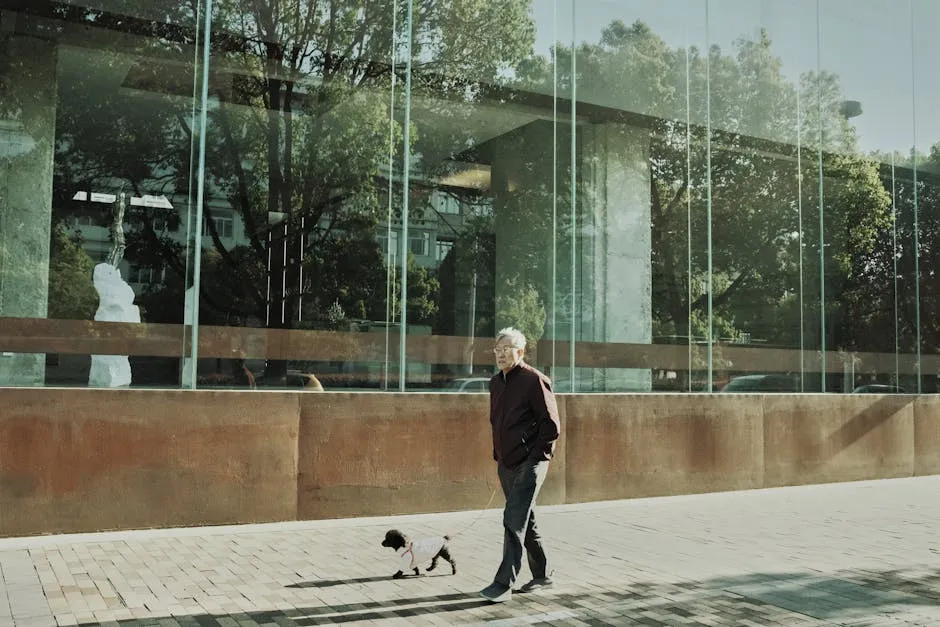
Mental Stimulation through Exercise:
Exercise isn’t just about physical health; it’s also a brain booster! Engaging your dog in interactive games helps keep their mind sharp. Training sessions that involve simple commands or tricks can stimulate their brain while reinforcing good behavior. For added fun, try an Interactive Dog Frisbee to keep the playtime exciting!
Variety is key! Mixing up the activities can prevent boredom. Try incorporating different routes for walks or introducing new games. A game of hide-and-seek can challenge their problem-solving skills. These mental workouts are essential for combating cognitive decline, keeping your furry friend feeling vibrant and alert.
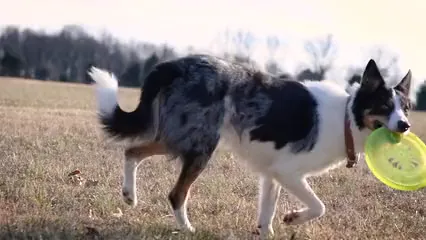
Incorporating Mental Stimulation
Enrichment Activities:
Enrichment activities can significantly enhance your dog’s cognitive health. Puzzle toys that dispense treats are fantastic for keeping their minds engaged. These toys require your dog to think and strategize, offering both fun and mental exercise. Check out this Interactive Treat Dispensing Dog Toy to keep your pup’s mind sharp while rewarding them with treats!
Interactive training sessions can also be beneficial. Teaching your dog new tricks or reinforcing old ones not only stimulates their brain but also strengthens your bond. Aim for short, positive sessions to maintain their interest.
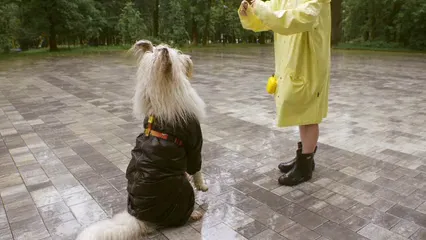
Socialization Opportunities:
Don’t forget the power of socialization! Playdates with other dogs can provide valuable mental stimulation. Meeting new furry friends adds excitement and helps reduce feelings of isolation.
Consider enrolling your dog in group classes or obedience training. These settings expose them to new environments and experiences. The sights, sounds, and smells can be invigorating! Socialization not only enhances cognitive function but also improves their overall happiness.

Creating an Enriching Environment
Routine and Consistency:
Creating a stable environment is crucial for your senior dog. A consistent daily schedule can provide comfort and security. Regular feeding times, walks, and play sessions help establish a routine, reducing anxiety.
Maintaining predictability can be especially beneficial for dogs beginning to show signs of cognitive dysfunction. Knowing what to expect can ease their stress and anxiety, allowing them to feel more at home in their surroundings.

Environmental Enrichment:
Engaging activities can stimulate your dog’s mind. Incorporate sensory experiences into their daily routine. Introduce new smells, sounds, and textures to pique their interest.
For example, take your dog on new walking routes or set up an area in your home with different toys and textures. Use scents to create scent trails for them to follow. These simple changes can add excitement to their day and keep their minds active. Remember, a stimulating environment fosters mental wellness in our beloved canine companions.

Monitoring and Adjusting
Regular Veterinary Check-Ups:
Keeping up with veterinary appointments is vital for your dog’s well-being. Regular check-ups help assess cognitive health and catch any issues early. Your veterinarian will perform a thorough examination, which may include cognitive function tests. These tests can help identify signs of Cognitive Dysfunction Syndrome (CDS), allowing for timely intervention.
If you notice any behavioral changes in your furry friend, such as increased anxiety or confusion, don’t hesitate to discuss these with your vet. They can provide insights and recommend adjustments to your dog’s care plan. Remember, an open dialogue with your veterinarian is key to understanding your dog’s unique needs as they age.
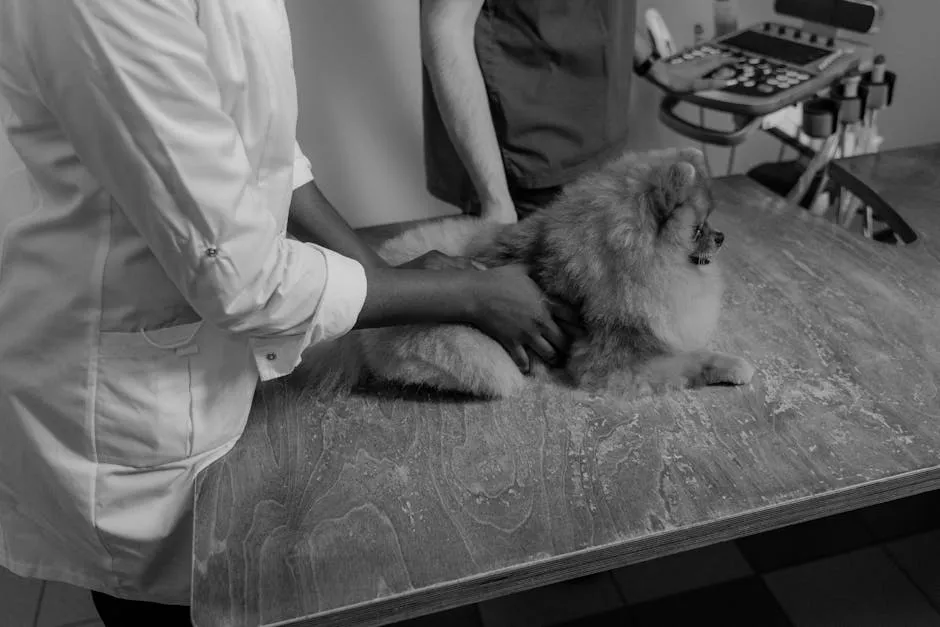
Adapting Diet and Exercise:
Your dog’s responses to diet and exercise can vary. Pay attention to how they react to changes. If your dog seems more alert or engaged after a dietary adjustment, you’re on the right track. Conversely, if you notice lethargy or changes in appetite, it’s time to reassess.
Exercise is equally important. Observe your dog’s energy levels. If they seem worn out after a short walk, consider shortening the duration or switching to gentler activities. Tailoring the exercise routine to their needs can prevent injuries while still keeping their minds sharp.
Keep a journal of your dog’s behavior, diet, and exercise routines. This will help you and your vet make informed decisions. Remember, this journey is about finding the right balance for your beloved companion. Adjustments may be necessary as they age, so stay proactive in their care!
Conclusion
Improving cognitive health in older dogs is not just about addressing symptoms; it’s about implementing a holistic approach that includes proper nutrition and regular exercise. By making informed dietary choices and engaging your dog in stimulating activities, you can help slow cognitive decline and enhance their quality of life.
A diet rich in antioxidants and omega-3 fatty acids can support brain health, while medium-chain triglycerides (MCTs) can provide alternative energy sources for their aging brains. Moreover, regular exercise not only boosts physical health but also keeps their minds active. Interactive games and socialization are equally important, as they enrich your dog’s environment and foster mental agility.
For a cozy place for your senior dog to rest after all this mental gymnastics, consider investing in a Comfortable Dog Bed for Senior Dogs. A good bed can work wonders for their joint health and provide the comfort they deserve!
With regular veterinary check-ups, you can monitor your dog’s cognitive health effectively. Adapting diet and exercise routines based on their responses will ensure they receive the best care tailored to their needs.
Ultimately, a proactive approach today can lead to a happier, healthier dog tomorrow. Embrace these strategies, and watch your senior dog thrive in their golden years!
FAQs
What are the early signs of cognitive dysfunction in dogs?
Early signs of cognitive dysfunction often resemble forgetfulness. You might notice your dog getting lost in familiar places. Changes in sleep patterns can also be a red flag. If your furry friend suddenly seems anxious, agitated, or less interested in play, pay attention! Altered interactions with humans and pets may hint at confusion.
How can I tell if my dog’s diet is adequate for cognitive health?
A diet that supports cognitive health should include high-quality ingredients. Look for foods rich in antioxidants and omega-3 fatty acids. These nutrients are brain boosters! Consult your veterinarian to ensure your dog’s diet meets their specific needs and discuss any necessary adjustments.
What types of exercise are best for senior dogs?
Low-impact exercises are ideal for senior dogs. Think gentle walking, swimming, or light play! These activities keep their joints happy while providing physical benefits. Each dog is unique, so always check with your vet to find suitable exercises based on their health status.
Can cognitive dysfunction be reversed?
Unfortunately, cognitive dysfunction can’t be fully reversed. However, implementing diet and exercise changes can improve symptoms. Think of it as giving your dog a fighting chance to regain some mental clarity and enjoy life more fully.
How often should I take my senior dog to the vet?
Regular veterinary check-ups are crucial for senior dogs. Aim for visits every six months to monitor their health. These check-ups help catch any changes in behavior or health early, allowing for timely intervention and adjustments to their care plan.
Please let us know what you think about our content by leaving a comment down below!
Thank you for reading till here 🙂
All images from Pexels

